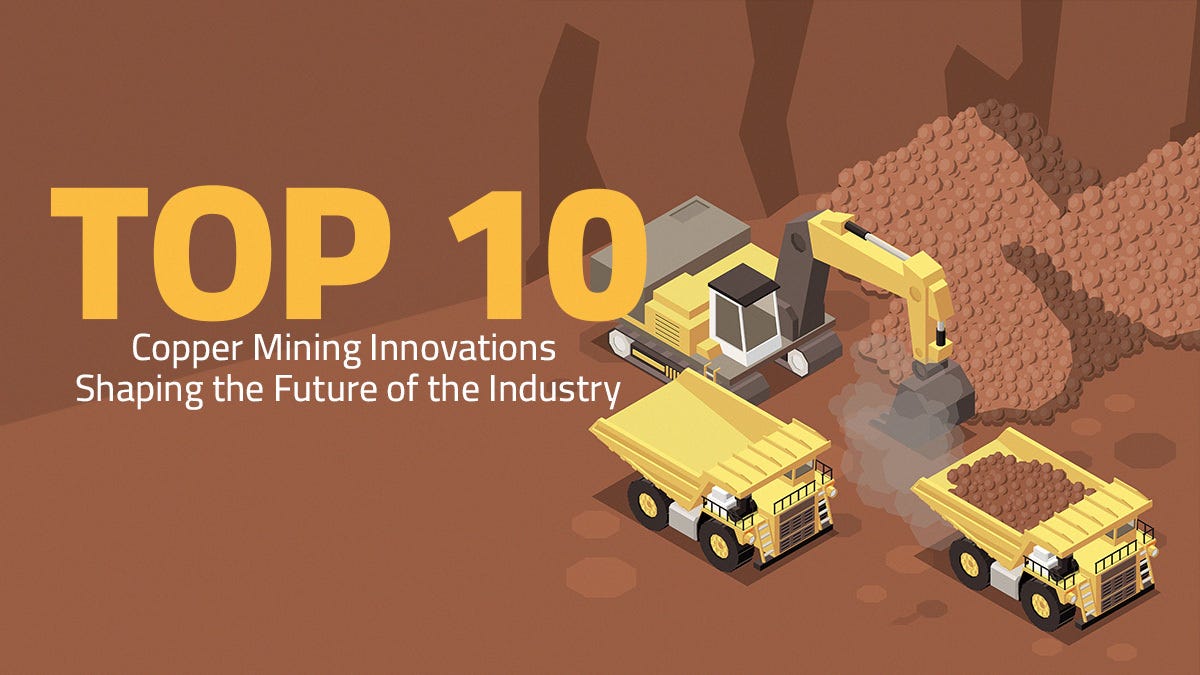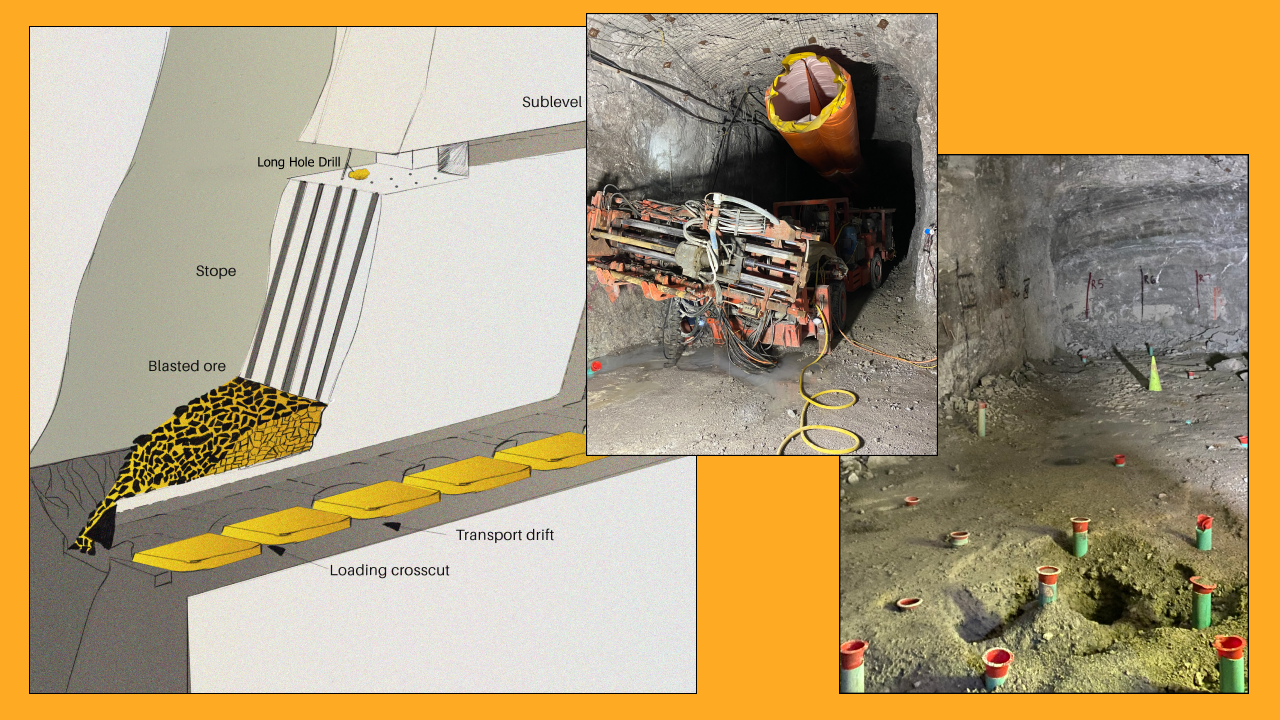Refining is a critical process in metallurgy and materials science that transforms raw materials into pure or high-quality products. This essential step follows the extraction of metals from ores and involves removing impurities to achieve the desired purity level required for various applications. This article explores the principles, methods, applications, and challenges of refining in different industries.
What is Refining?
Refining is the process of purifying a substance, particularly metals, by removing impurities, unwanted elements, and other materials. The goal is to produce a final product with specific physical and chemical properties that meet industry standards and consumer requirements. The refining process can vary significantly based on the material being refined and the intended application.
Key Refining Processes
The refining process can be categorized into several methods, each tailored to different materials and desired outcomes:
- Pyrometallurgical Refining:
- This method involves the use of high temperatures to separate metals from their ores or other materials. It typically includes smelting followed by refining stages that remove impurities through oxidation or reduction.
- Example: In copper refining, blister copper produced during smelting is further refined in a furnace to produce anodes that are then purified through electrolysis.
- Hydrometallurgical Refining:
- In this process, aqueous solutions are used to extract and purify metals. The method often involves leaching, precipitation, and solvent extraction.
- Example: Gold is refined from ore using cyanide leaching, where the metal dissolves in a cyanide solution. The gold can then be recovered by precipitation or adsorption onto activated carbon.
- Electrolytic Refining:
- Electrolytic refining utilizes an electrical current to separate and purify metals. An impure metal is made the anode in an electrolytic cell, while a pure metal cathode collects the deposited pure metal.
- Example: This method is commonly used for refining copper, silver, and gold, producing high-purity metals that are suitable for various industrial applications.
- Chemical Refining:
- Involves using chemical reactions to purify materials. This can include acid washing or other chemical treatments to remove specific impurities.
- Example: In refining aluminum, chemicals such as sodium hydroxide are used to remove silica and iron oxide from bauxite, the ore from which aluminum is extracted.
Applications of Refining
Refining is vital across various industries, producing high-quality materials that serve numerous applications:
- Metallurgy: High-purity metals are essential for manufacturing electrical components, automotive parts, and structural materials.
- Pharmaceuticals: Refining processes are crucial in producing pure chemicals and compounds for drug manufacturing, ensuring safety and efficacy.
- Food Industry: Sugar refining removes impurities from raw sugar, resulting in the granulated sugar used in food products.
- Petrochemicals: Crude oil refining transforms raw petroleum into various products, including gasoline, diesel, and lubricants.
- Precious Metals: Refining gold, silver, and platinum group metals ensures that these materials meet stringent purity standards for jewelry, electronics, and investments.
Challenges in Refining
Despite its importance, the refining process faces several challenges:
- Environmental Impact: Refining can produce significant waste and emissions, leading to environmental concerns. Stricter regulations are driving the industry to adopt more sustainable practices.
- Energy Consumption: Refining processes, particularly pyrometallurgical methods, often require substantial energy input, raising operational costs and environmental implications.
- Material Variability: The presence of varying impurities in raw materials can complicate the refining process, necessitating adjustments in techniques and reagents.
- Economic Factors: Fluctuating commodity prices can impact the feasibility of refining operations, particularly for lower-grade ores.
Innovations and Future Trends
The refining industry is continuously evolving, with innovations aimed at improving efficiency, sustainability, and cost-effectiveness:
- Green Chemistry: The development of environmentally friendly solvents and reagents is transforming the refining landscape, reducing toxic by-products and emissions.
- Advanced Technologies: Innovations such as automated monitoring and control systems enhance precision and efficiency in refining processes.
- Recycling and Circular Economy: Increased emphasis on recycling materials, particularly in precious metals, supports sustainability and resource conservation.
- Energy Efficiency: Research into alternative energy sources and more efficient processes is crucial in reducing the energy footprint of refining operations.
Conclusion
Refining is a cornerstone of many industries, transforming raw materials into pure, high-quality products essential for modern society. By employing various techniques tailored to specific materials, refining plays a crucial role in metallurgy, pharmaceuticals, food production, and beyond. While challenges related to environmental impact and energy consumption persist, ongoing innovations and a commitment to sustainability are shaping the future of refining. As industries continue to demand high-quality materials, the refining process will remain essential in meeting these needs while striving for efficiency and environmental responsibility.



